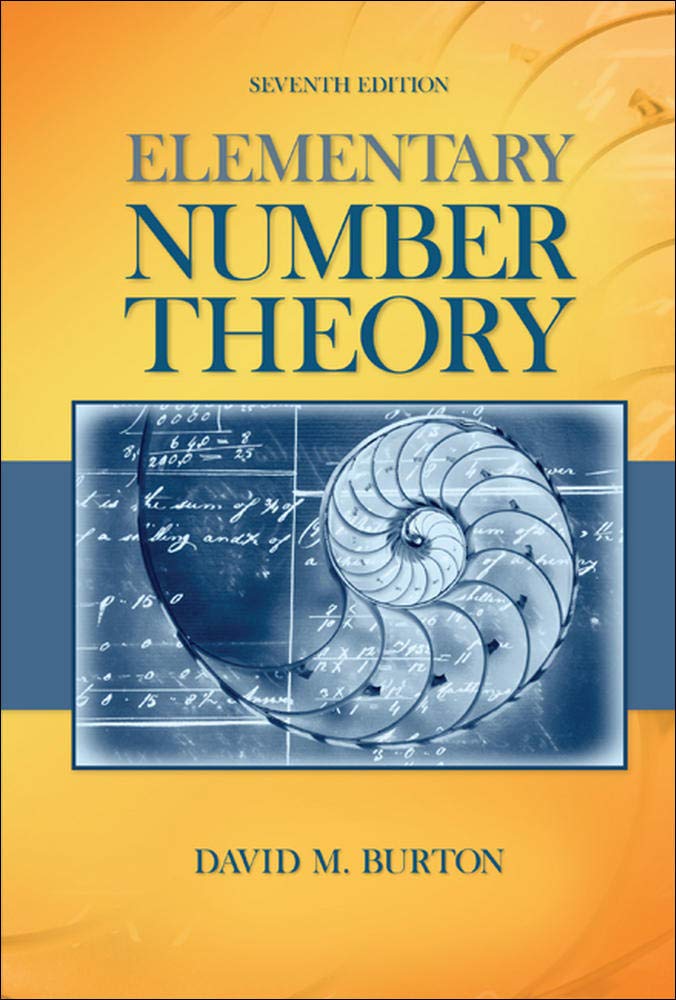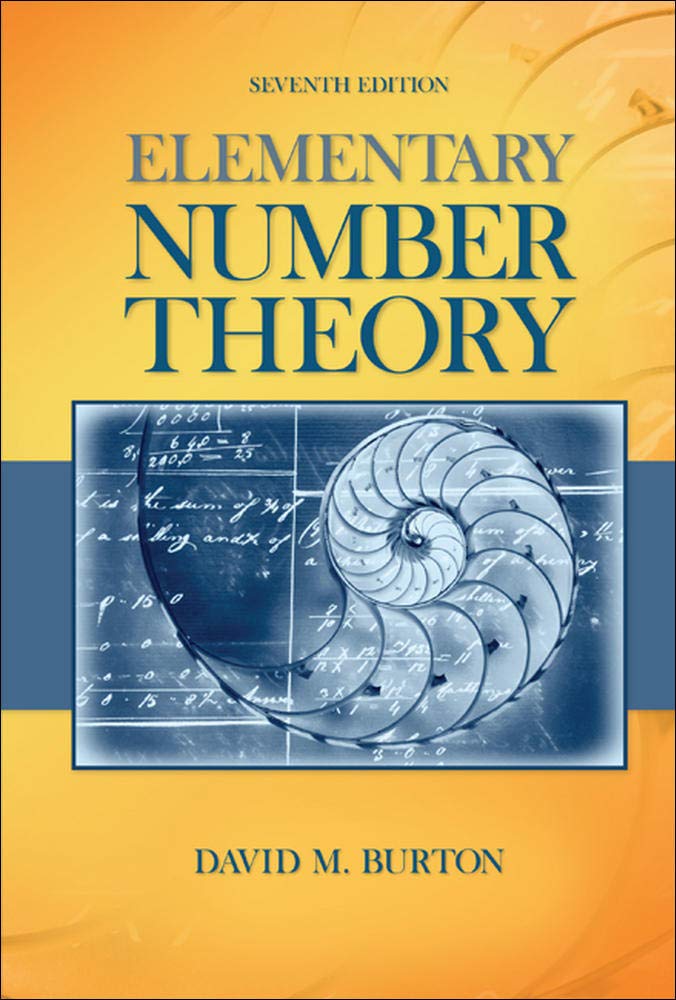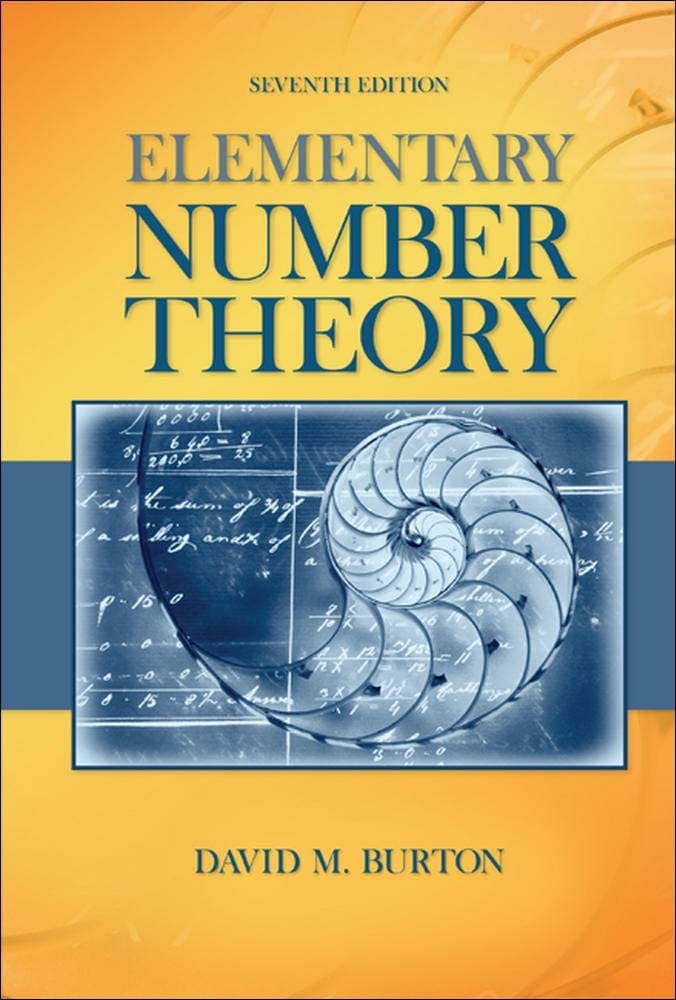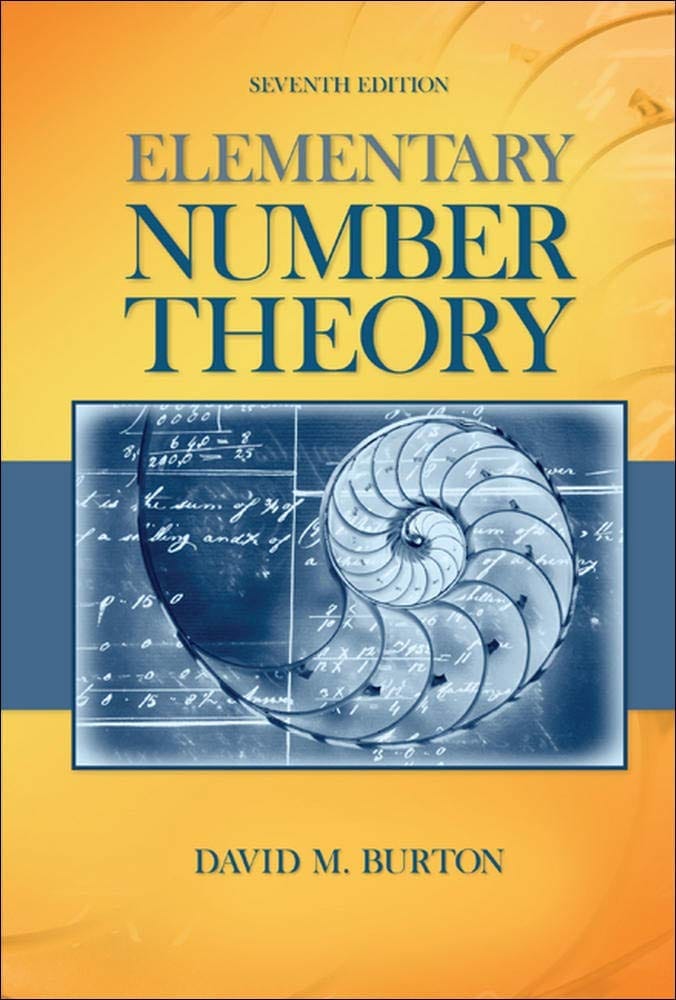
Elementary Number Theory Problems 3.2 Solution (David M. Burton's 7th Edition) - Q11
My Solution for "If $p_{n}$ denotes the $n$th prime number, put $d_{n} = p_{n+1} - p_{n}$. An open question is whether the equation $d_{n} = d_{n + 1}$ has infinitely many solutions. Give five solutions."
Table of Contents
Background
All theorems, corollaries, and definitions listed in the book's order:

I will only use theorems or facts that are proved before this question. So you will not see that I quote theorems or facts from the later chapters.
Question
If $p_{n}$ denotes the $n$th prime number, put $d_{n} = p_{n+1} - p_{n}$. An open question is whether the equation $d_{n} = d_{n + 1}$ has infinitely many solutions. Give five solutions.
Solution
(I wrote a program for this question.)
$d_{2} = p_{3} - p_{2} = 5 - 3 = 2$
$d_{3} = p_{4} - p_{3} = 7 - 5 = 2$
So, $d_{2} = d_{3}$.
$d_{15} = p_{16} - p_{15} = 53 - 47 = 6$
$d_{16} = p_{17} - p_{16} = 59 - 53 = 6$
So, $d_{15} = d_{16}$
$d_{36} = p_{37} - p_{36} = 157 - 151 = 6$
$d_{37} = p_{38} - p_{37} = 163 - 157 = 6$
So, $d_{36} = d_{37}$
$d_{39} = p_{40} - p_{39} = 173 - 167 = 6$
$d_{40} = p_{41} - p_{40} = 179 - 173 = 6$
So, $d_{39} = d_{40}$
$d_{46} = p_{47} - p_{46} = 211 - 199 = 12$
$d_{47} = p_{48} - p_{47} = 223 - 211 = 12$
So, $d_{46} = d_{47}$
Read More: All My Solutions for This Book
Related Pages
Ranblog Newsletter
Join the newsletter to receive the latest updates in your inbox.


